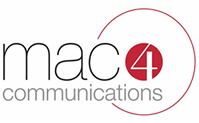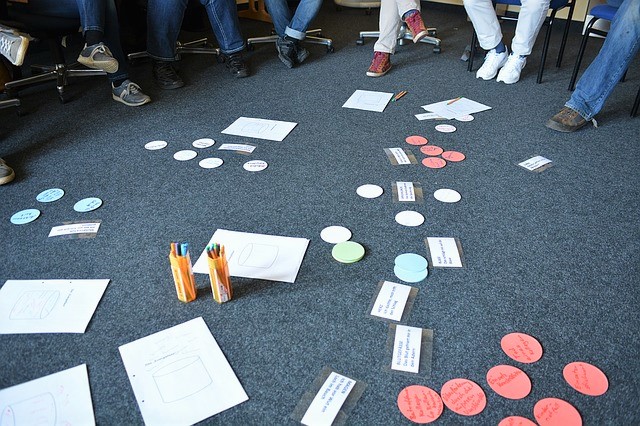
The presentation was on the subject of hypnosis, and the audience was expecting to learn how it worked, and what it could tell us about how our minds work. We expected a fascinating session, where we might even get hypnotized ourselves.
Instead, a large part of the presentation was delivered via PowerPoint, full of long-deceased names and centuries-old dates. The fascinating nuggets, which most people could have easily connected with, such as how surgeries have been performed using hypnosis as the only anesthesia, were buried in the details.
Whether it’s a presentation, article, speech or interview, many subject matter experts often feel the need to prove their credibility by offering a lot of facts. It’s understandable, because what could be more interesting than talking about YOUR favorite topic?
But instead of thinking about what you want to say, consider your audience. The goal should be to engage your audience by sharing information they can immediately understand and connect with. Facts are great to support your point, but when you really want to convince someone to believe something or to act on it, you want the audience to make an emotional connection with your topic.
Fundraisers are great at this: When a charity asks for contributions, they’re not unloading all the specifics about where the money goes. Instead they put a face on the story – the suffering person who needs your help. Details are left for the annual report.
When communicating with employees, potential customers and other stakeholders, consider the emotional appeal of storytelling. As you prepare your next presentation or article for the company newsletter, here are three questions to help guide you:
1) What would I tell my neighbor about this topic?
Your neighbor isn’t as steeped in your topic as you are. No one is, including many of the employees in your company. Keep the information simple, focus on the big picture and figure out what emotional connection your audience has – the “why should I care” aspect – and then tailor your message.
2) Identify your audience and understand what they probably want to know.
If they’re potential customers, they probably want to know if your product or service will make them feel happy by saving them money or improving their business or their lives. Period. If they want to know more about how the technology or process works, or the material and size specifications, they will ask. If they’re your employees, they’ll want to know why they should do something differently, and how that will ultimately benefit them, or their careers. Save the installation and implementation details for later.
3) If your local news was covering your presentation, what would the story be?
Local media love emotional stories, simple plot lines like winners vs. losers, or local people make good. Create memorable soundbites for your key messages. For example, think about the impact of a new human resources process for employees. A good message might be: “Our new way of hiring will make it easier to find the right people for a job, so we can grow our business – and grow your careers – faster.” The takeaway: We’re doing this because it will make our lives better, easier and happier in the long run.
The bottom line: if we want people to listen to our facts, and if we want them to understand and do what we are asking of them, we must tell a credible story to which they can easily – and emotionally – connect.
Author: Kristina Schurr

